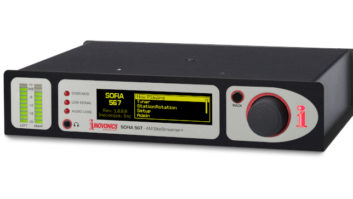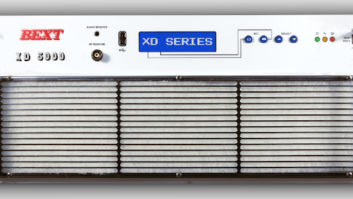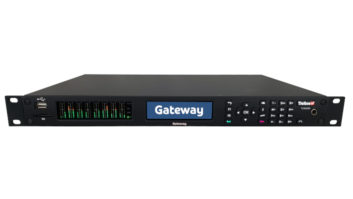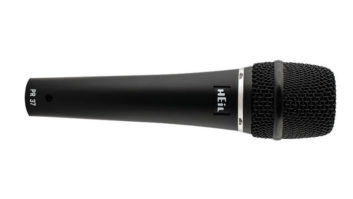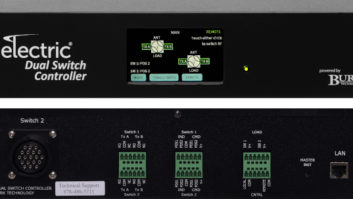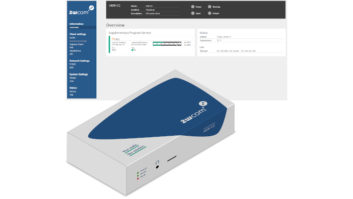
Emergency messaging equipment specialist Digital Alert Systems will be demonstrating its new self-contained Audio Management System at the NAB Show.
The AMS includes the company’s new Audio Message Controller along with its MultiPlayer audio file player and program switcher. The AMS “supports message aggregation, text-to-speech (TTS) functionality, and proper message audio on both main and SAP audio streams in full compliance with the 21st Century Communications and Video Accessibility Act (CVAA) rules.”
DAS Vice President of Business Development Bill Robertson said, “Our DAS AMS is by far the most effective solution for addressing the FCC requirements stemming from the 21st Century CVAA.”
A release explains: “The new FCC requirements governing emergency message audio will apply to all televisions stations providing emergency information that is not part of a newscast or Emergency Alert Systems (EAS) message. Under the rules, television stations must provide audio description in the secondary audio program (SAP) channel that corresponds to any ‘emergency information’ appearing on the main channel. Any crawls or text displays on the main channel — information such as weather alerts and school closings — that are not actual newscasts or EAS alerts must be ‘voiced’ on the SAP channel. Broadcasters also must insert an ‘attention’ signal or tone on the main channel to indicate that emergency audio is available on the secondary channel. Easy to configure, operate, and modify, the DAS AMS addresses all of these aspects of compliance including comprehensive logging and reporting.”
It adds, “Unlike single-point solutions that handle just one type of emergency information, the DAS AMS aggregates information from a variety of sources, converts the text information to audio using a high-quality TTS converter, prepares it for playback on the different audio channels, and then — via a Web-based user interface — provides audio and triggering signals on all configured channels.”
Currently, the AMS (and the CCVA) are applicable to television stations only but as radio dabbles in video and the Internet, it’s probably just a matter of time before regulation-creep by the CCVA or its children engulfs radio operators as well.
NAB Show Booth: N4816
Info: www.digitalalertsystems.com





